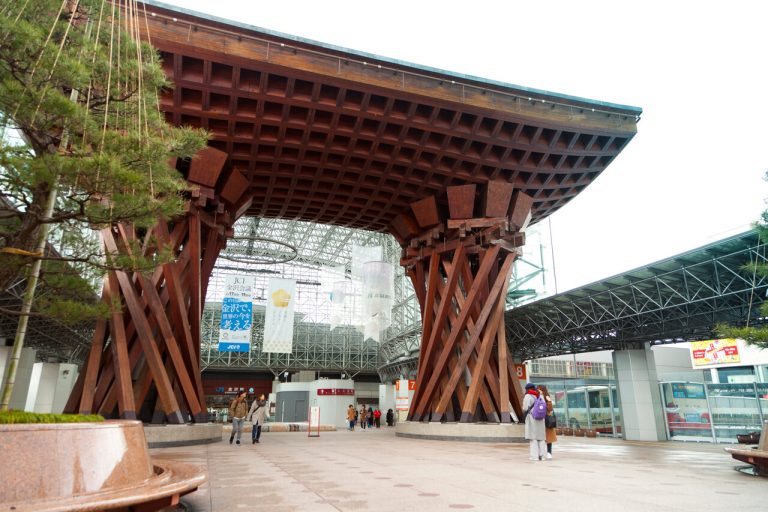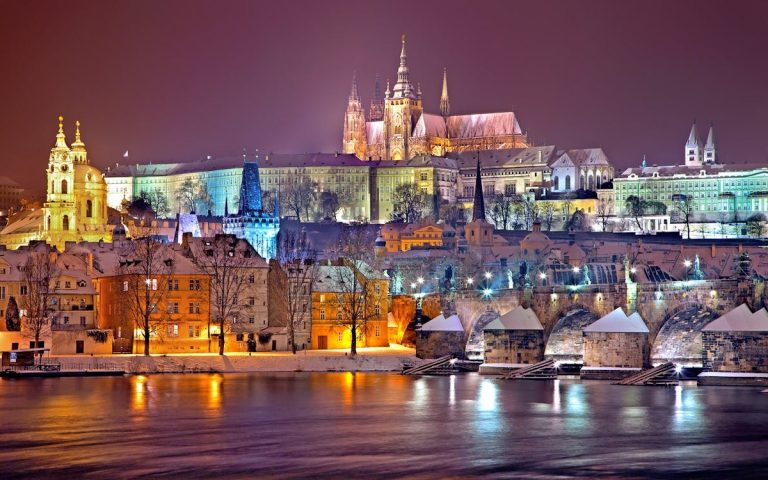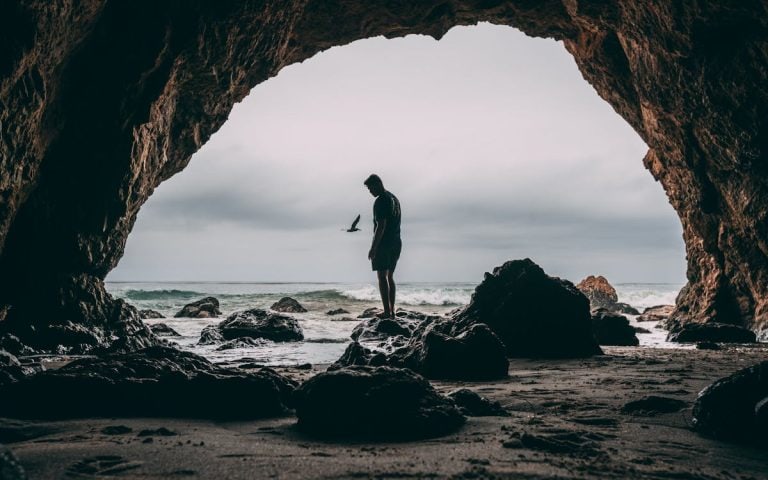Experience Heritage Districts Where Music History Lives On

Music history feels different when you experience it in the places where it was created. You walk streets that once echoed with the sound of new ideas, late night jam sessions, and artists who changed the country without even knowing it at the time. When you explore these neighborhoods, you do more than look around. You feel a real connection with the people who built the music you still enjoy today. Whether you love blues, jazz, gospel, soul, or country, you find corners where the past still plays loud.
1. Beale Street, Memphis
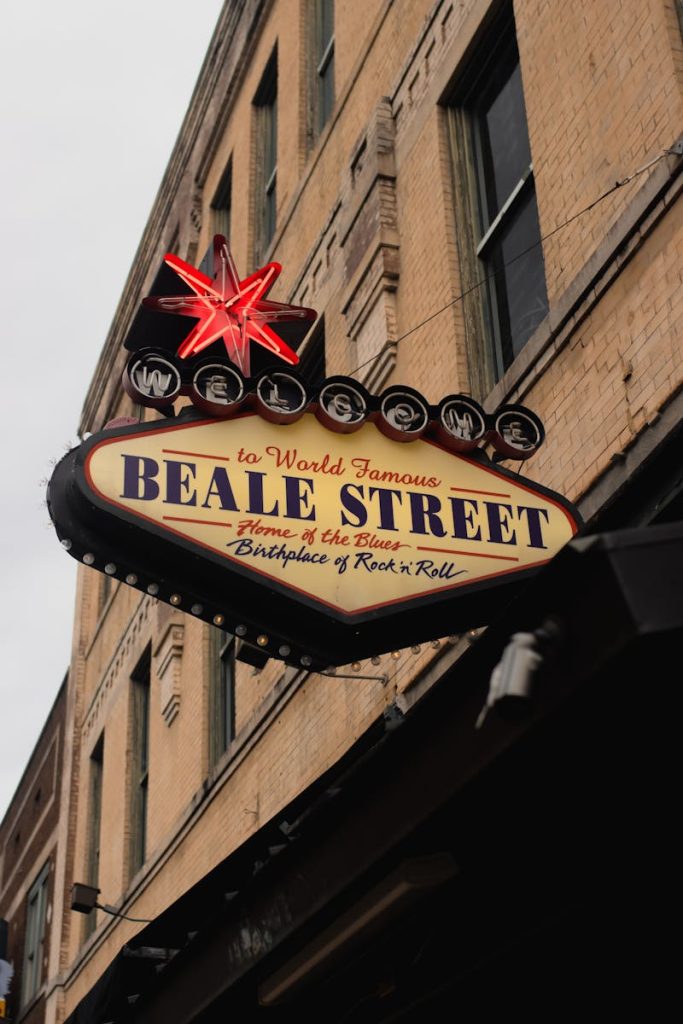
You cannot visit Memphis without feeling how blues shaped Beale Street. You hear stories of musicians carrying battered guitars into smoky clubs after long days of work, ready to play until sunrise. Today, you still feel that energy in the neon reflections, the live bands performing night after night, and the small museums and markers that tell you who once stood where you are standing. It is a place where legends like B.B. King grew from local favorites to national icons, and you experience that journey on every block.
2. French Quarter, New Orleans
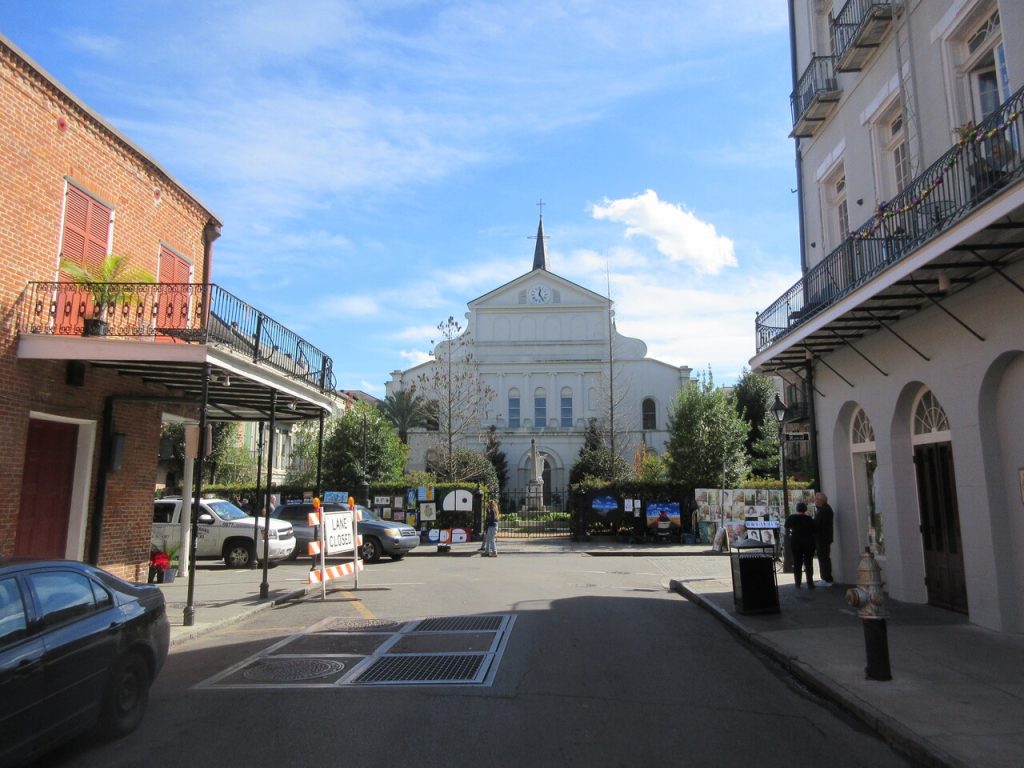
Walk through the French Quarter and you understand how jazz was born from layered cultures, sounds, and histories. Bands play in courtyards, balconies shake with brass, and you feel how much music still anchors daily life. This is not a district frozen in time. It evolves while still honoring the musicians who built its foundation. You can visit small clubs that introduced talents to the world, learn how early jazz blended African, Caribbean, and local rhythms, and feel the same pulse that once launched an entirely new sound.
3. Harlem, New York City
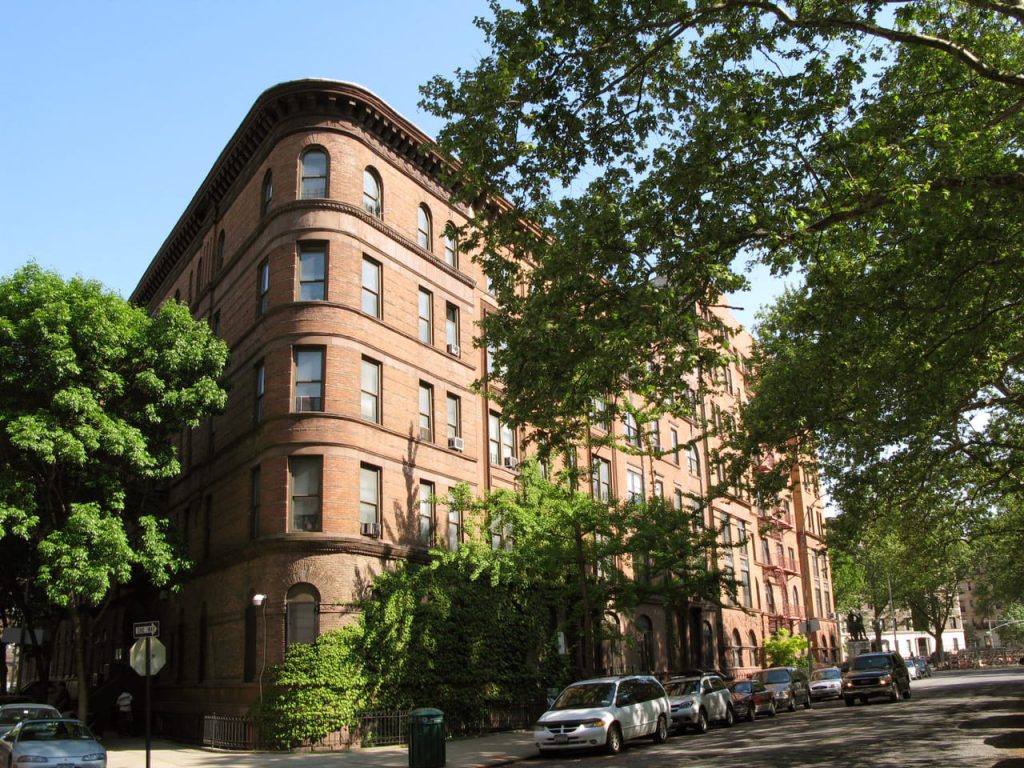
Harlem gave the country a social and cultural shift that reached far beyond music. When you walk its streets, you imagine the clubs where jazz and swing carried people through tough decades and inspired a nationwide movement. The Apollo Theater alone speaks to decades of talent discovered, nurtured, and celebrated. You stand in a neighborhood where artists once lived, practiced, and argued about ideas that eventually shaped American music. That ongoing legacy still lives in the venues, murals, and events you can experience today.
4. Music Row, Nashville

Music Row is where you see how much work happens behind the scenes. You notice the recording studios, offices, and spaces where writers and musicians make the songs you later hear on the radio. The neighborhood feels calm from the outside, but when you stop and look around, you realize how much creativity has happened inside those walls. You learn how country music evolved over generations and how people still come here hoping to write the next hit. The history becomes real when you experience the neighborhood for yourself.
5. Sweet Auburn, Atlanta
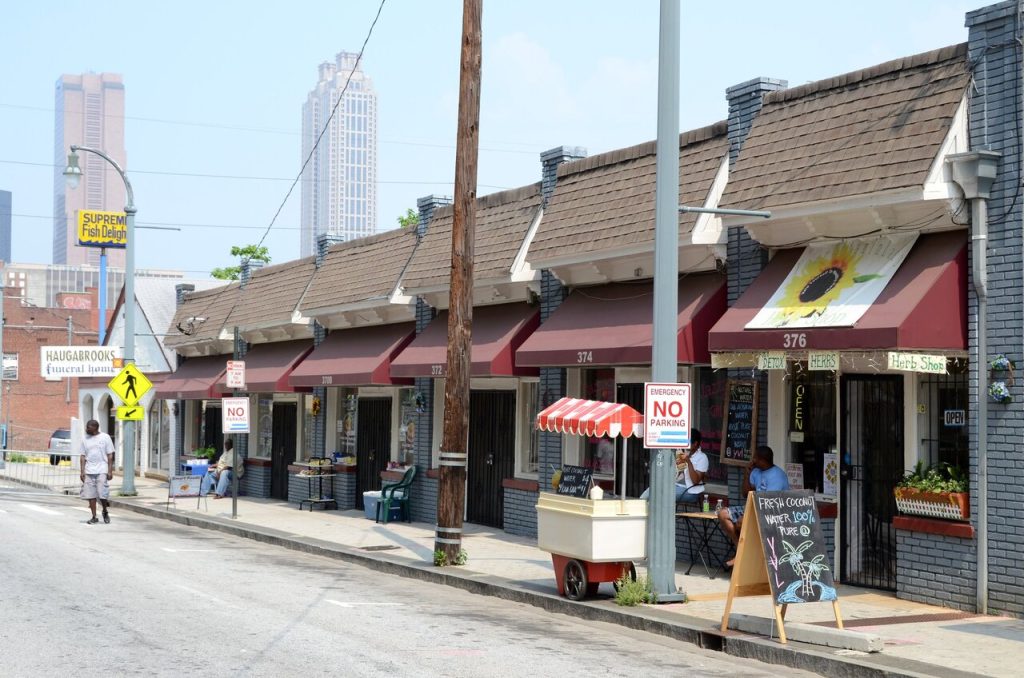
Sweet Auburn shows you how gospel and early soul developed during a time when the community needed music to express strength and hope. As you walk the street, you pass churches where choirs once lifted voices that carried far beyond the walls. You learn how musicians and speakers helped shape the Civil Rights era while also building sounds that still influence modern artists. You can visit small historical sites, read heritage markers, and understand how this neighborhood helped define the voice of a city.
6. Deep Ellum, Dallas
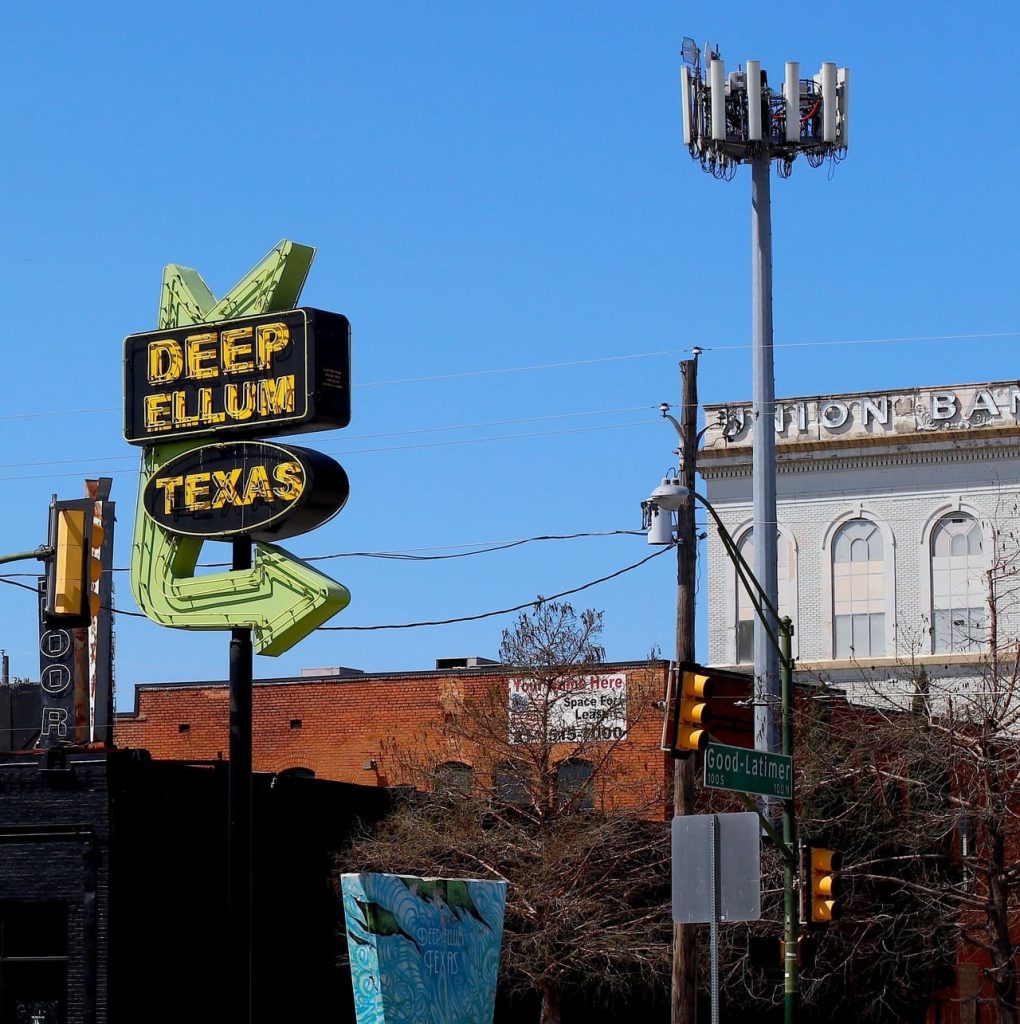
Deep Ellum gives you a raw and unfiltered feel of blues, jazz, and early rock. You feel how working musicians helped build a scene that was loud, rebellious, and unafraid to experiment. Many artists who later found national fame played small rooms here first, and you can still hear that energy in the murals, the stages, and the stories told by longtime residents. It is a district that keeps its creative edge and refuses to let its music history turn into static nostalgia.
7. Bronzeville, Chicago
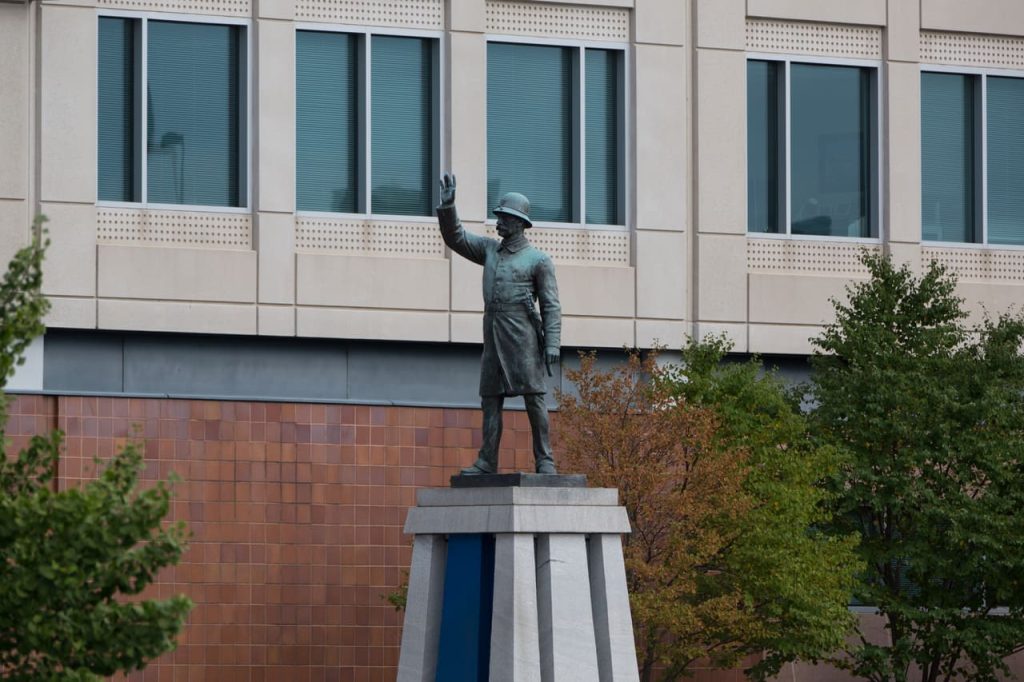
Bronzeville introduced new sounds to the city during the Great Migration when talented musicians arrived looking for opportunity. As you explore the neighborhood, you see how clubs, lounges, and gathering places created a community where jazz, blues, and poetry shaped cultural identity. You sense how deeply music became part of daily life and how it helped people build roots in a new city. Listening to live performers here feels like stepping into the past while seeing how the music continues to evolve.
8. Treme, New Orleans
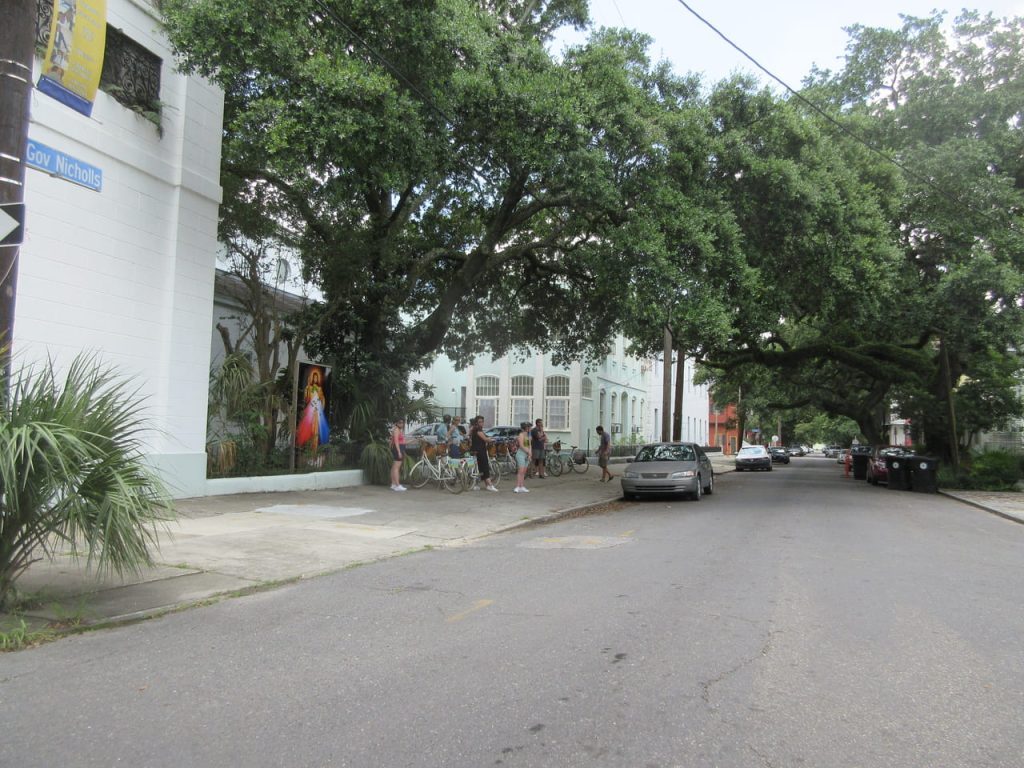
Treme stands as one of the oldest Black neighborhoods in the country and plays a major role in the evolution of New Orleans music. You feel how brass bands, second line parades, and generations of musicians helped define a sound that the city is known for around the world. Walking through its streets, you see venues, homes, and cultural centers that show how music here comes from community traditions rather than just entertainment. You leave with a deeper understanding of where the city’s musical identity began.
